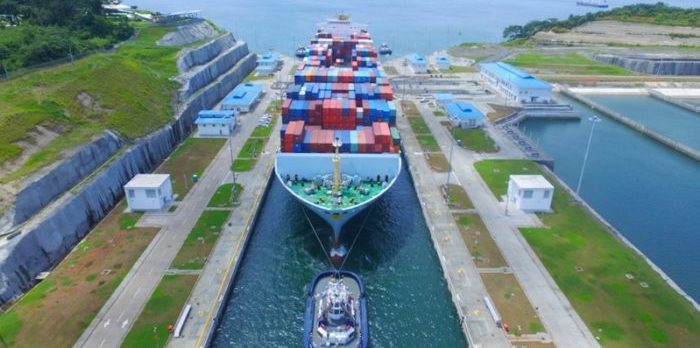The Canal of Panama secured a steady draft concerning the period following, to ensure an efficient operational level of water and transit reliability about the second half of 2020, the canal authority said in the latest update.
The announcement follows the water saving measures the Canal conducted during 2020, after experiencing the fifth driest year at the canal in 70 years.
In addition, the Canal altered its reservation system to increase certainty around transit schedules, which allowed for more efficient use of water resources and conservation tactics, such as cross-filling lockages.
After implementing the conservation measures, the Canal informed that the water levels at Gatun Lake can accommodate a steady 45-foot draft, higher than projected for the start of the rainy season, which is expected to begin mid-May.
Transit reliability is crucial for the Canal. keeping in mind the disruption that followed after the COVID-19 crisis and the alternation in routes shipowners decided to save money and cut costs.
The Canal Authority stated that
This unprecedented drought severely constrained water levels at Gatun and Alhajuela Lakes, the main sources of water for the Canal and half of Panama’s population. Despite the extensive use of water conservation tactics across Canal operations, inadequate draft levels were still projected to significantly restrict cargo transiting the waterway if no further interventions were made.
The canal has also provided relief to its customers during this time of instability by introducing extended flexibility surrounding fees and swapping booking slots.
Despite the draft reliability, the Panama Canal supports that it needs a long-term solution.
By the end of the year, the team aims to not only request and review engineering proposals, and after that, begin constructing a long-term solution. Having a steady water supply is a top priority for the Canal, and so we will partner with innovative engineers to ensure that we can maintain our reliable service for years to come.




























































